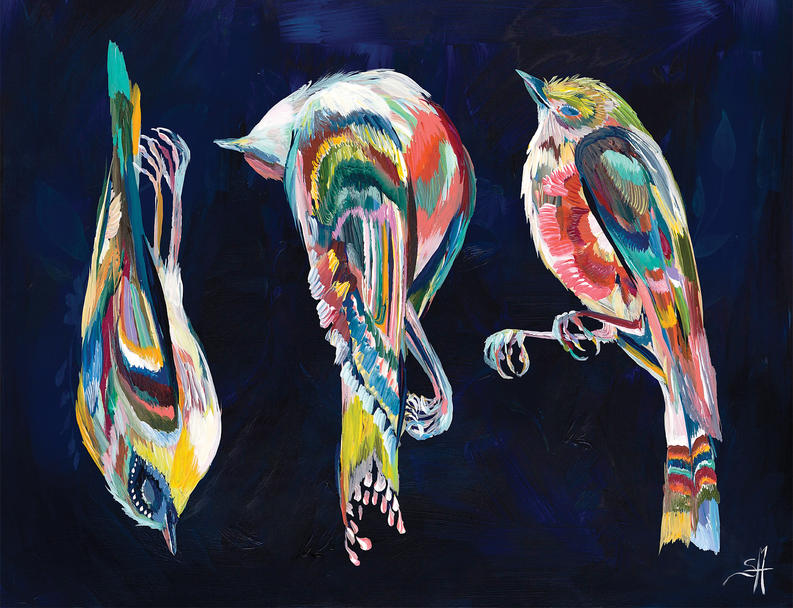A great new publication on birds and collisions, not just glass.
Monday, September 29, 2014
Sunday, September 28, 2014
Friday, September 26, 2014
Monday, September 22, 2014
Campus Surveys begin
Sunday, September 21, 2014
Friday, September 19, 2014
Thursday, September 18, 2014
Wednesday, September 17, 2014
AS PART OF THE 2014 STATE OF THE BIRDS REPORT, a team of scientists from the North American Bird Conservation Initiative (NABCI) identified the 33 U.S. common bird species in steep decline. These are common birds that do not meet WatchList criteria, yet according to long-term monitoring surveys are rapidly declining throughout their range. They have lost more than half their global population over the past four decades. We know that birds that are abundant today can undergo a massive population collapse with surprising rapidity. Passenger Pigeon populations crashed from 2 to 3 billion birds to none in the wild in just 40 years. Keeping common birds common, while we still can, is as important as preventing extinctions of rare species.
COMMON BIRDS IN STEEP DECLINE - Birds we've found as window collisions are highlighted.
COMMON BIRDS IN STEEP DECLINE - Birds we've found as window collisions are highlighted.
| |||||||||||||||||||||||||||||||||||
Tuesday, September 16, 2014
And so it begins, again.
Sunday, September 14, 2014
I failed this Hummingbird twice today. First by making little to no progress getting the windows fixed in the office park. Second, by not saving it quick enough.
I found it at the beginning of my survey. I stupidly finished my survey and rushed to my office across the street to grab a shoebox for it to recover in.
About 10 minutes passed between the time I found it (top picture), to what I came back to find (bottom picture). In that relatively short amount of time, something killed it and took it away. All that was left were a few feathers. It must have had some fight left in it.
#151. Ruby-throated Hummingbird (Bldg. 11C).
Wednesday, September 10, 2014
San Francisco to Tally Bird-Into-Window Death Toll
"The more I learned about bird strikes, the more I learned how
completely avoidable they are if only humans would pay more attention,''
Judith Pynn, who signed up for the city program, told the Chronicle.
San Francisco to Tally Bird-Into-Window Death Toll
San Francisco to Tally Bird-Into-Window Death Toll
Avian activists try to curtail bird fatalities from collisions with city buildings.

“Well, it’s not like we
want to find one,” she adds after a pause. “It’s just, if we do, we can photograph it so its death won’t be in vain.” -Lynne Parks
Read the full article here: For the Birds
Collisions with glass kill birds, but what does it do to bird populations?
"No bird should die a needless death. But there needs to be more research
into how collisions with glass affect bird populations in the long run."
Read the full article here: http://www.startribune.com/lifestyle/homegarden/271877431.html
Read the full article here: http://www.startribune.com/lifestyle/homegarden/271877431.html
Tuesday, September 9, 2014
Climate change isn’t for the birds - Politico.com
"A study published last year in the journal Biological Conservation
estimated that 140,000 to 328,000 birds are killed each year by impacts
with wind turbines. But experts caution that far more birds are killed
each year by things like oil and gas development, buildings with glass
windows and house cats."
The invisible killer threatening millions of migrating birds
"Every year, hundreds of millions of birds are killed or injured when
they fly into windows. Volunteers who document the collisions are now
calling for architects and landlords to make their buildings more bird
friendly to reduce the number of deaths"
Read the full article here: http://www.bbc.com/news/magazine-27426866
Read the full article here: http://www.bbc.com/news/magazine-27426866
Subscribe to:
Posts (Atom)
















































